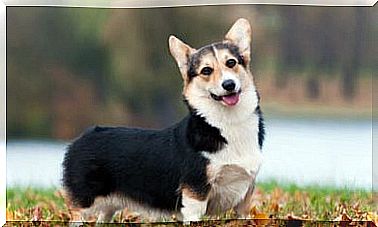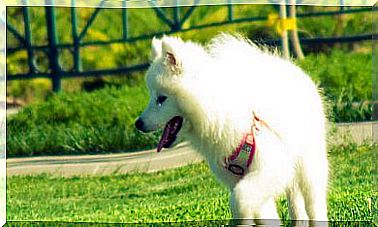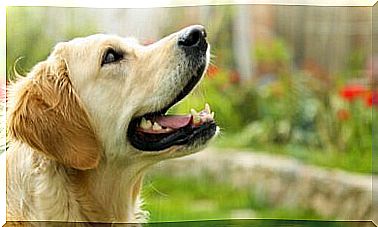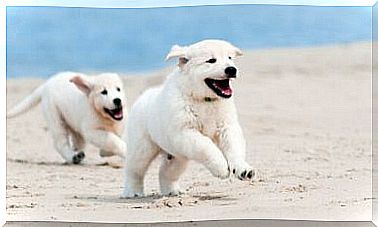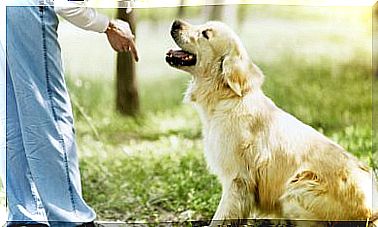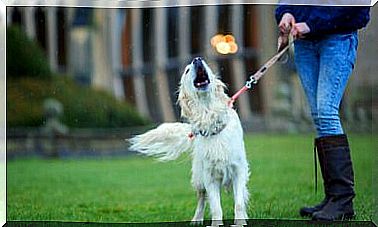5 Behaviors Of Dogs That Try To Attack
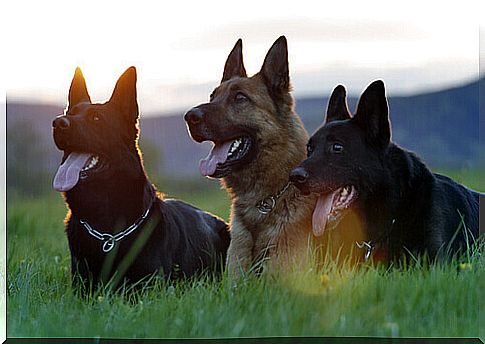
Having a dog for the first time can be compared to being a first-time parent. You’re not sure what to do, you’re afraid you’ll hurt when you pick it up, it’s also difficult to know what food to buy, and of course there will be many behaviors in your dog that you won’t understand.
In “My Animals” not only do we care about animals and your feelings, but we also care about you and your feelings. As we know that you can find yourself lost in the face of certain behaviors of your dog, let’s explain some that seem to be of special relevance: when a dog prepares to attack.
No “dad” will like his puppy to be aggressive, not small or when he grows up. Identifying certain behaviors in your dog that lead you to identify the problem and, most importantly, nip it in the bud, will help you have a nice puppy now and when you grow up as well.
Your dog’s behaviors when he is willing to attack
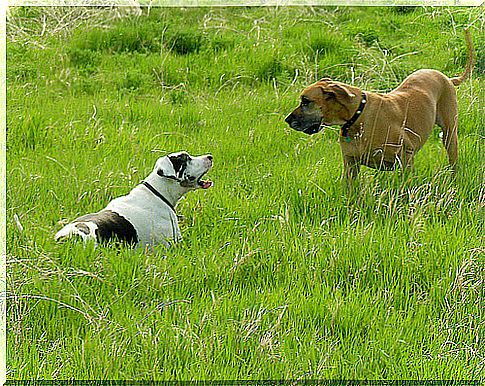
Author: Jon Hurd
Now let’s see how you can tell if your dog is going to attack another.
- Bark aggressively from afar at another dog. If you’re on the street and your dog starts barking without knowing why, but when he looks up he sees another dog, don’t doubt: he’s getting ready to attack. We are talking about aggressive barking here, not grunts or sounds that will mean he wants to play with a new friend.
- Pull the strap. If when seeing another dog, he pulls the leash in an unusual way, determined to launch himself on another dog, don’t doubt, he will attack the other dog. Don’t confuse this gesture with the fact that your dog pulls on the leash by moving his tail and crying, it means he wants to play and not attack.
- Upright posture with a fixed gaze. If when you see another dog, your dog straightens up and stares at it, tail up, starts to grunt, you’re facing one of your dog’s most notable behaviors that he’s willing to attack.
- Out of the corner of my eye. If your dog is near another and the other dog suddenly starts to move away, discreetly, while your dog looks at you from the corner of his eye, it may not be such a clear sign of attack, but it is very likely that he will attack.
- Run to him. If your dog is loose and after some of these behaviors, he runs off to the other dog, he will attack the other animal.
How to avoid these behaviors from your dog
If your dog has any of these behaviors, you have a problem. Remember that your dog is your responsibility and an aggressive dog may even face sanctions under the law in many countries. Therefore, it is important that before witnessing any of these behaviors in your dog, you try to make him never have them ; and if he already has them, he had better cut them in the bud. Here we will give you some advice for that.
teach him to socialize
From an early age, dogs must get used to being with other people and with other dogs. This will make relationships part of his life and completely normal, so when he sees other dogs, the only thing he will want to do is go greet them.
Teach him to obey your orders
If your dog learns to obey orders such as “quiet”, “come here” or “no”, you will have much less problems when he is an adult, because his obedience will always be superior to his instincts. He will obey you instead of going to attack.
take long walks
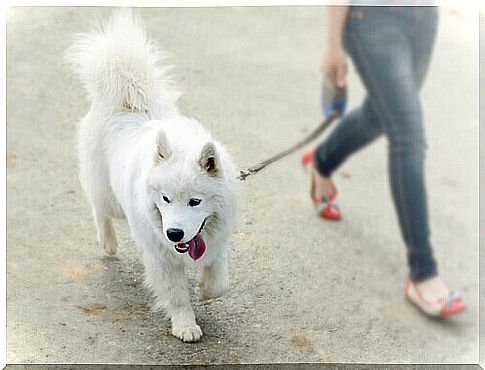
Sometimes a dog’s desire to attack another comes from accumulated stress. Long walks will kill this stress and your dog will be more relaxed.
take care of your food
Every dog needs an amount and certain types of food that are different from others. Be aware of how much food and how many times a day your dog needs to eat.
Never take him for a walk loose
Obey him to your orders or not, never let him loose when walking. This way you will prevent him from getting into trouble. Release it to run on its own in a solitary place where there are no other dogs, until you are completely sure you have not seen any of the previous behaviors in your dog.
The fact that a dog wants to attack is often due to some kind of trauma or other psychological reason. If you fear your dog might experience something like this, see your veterinarian.


